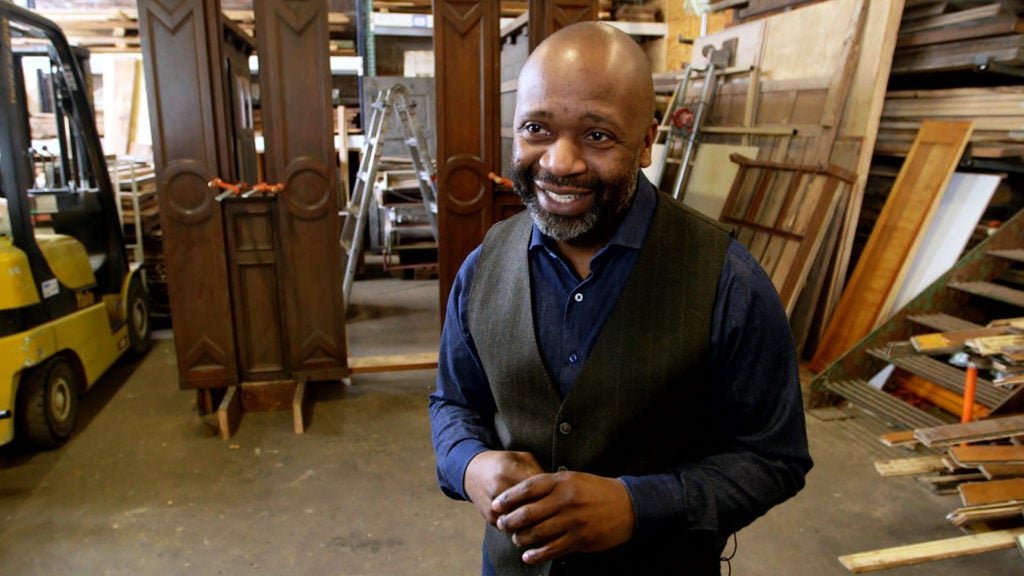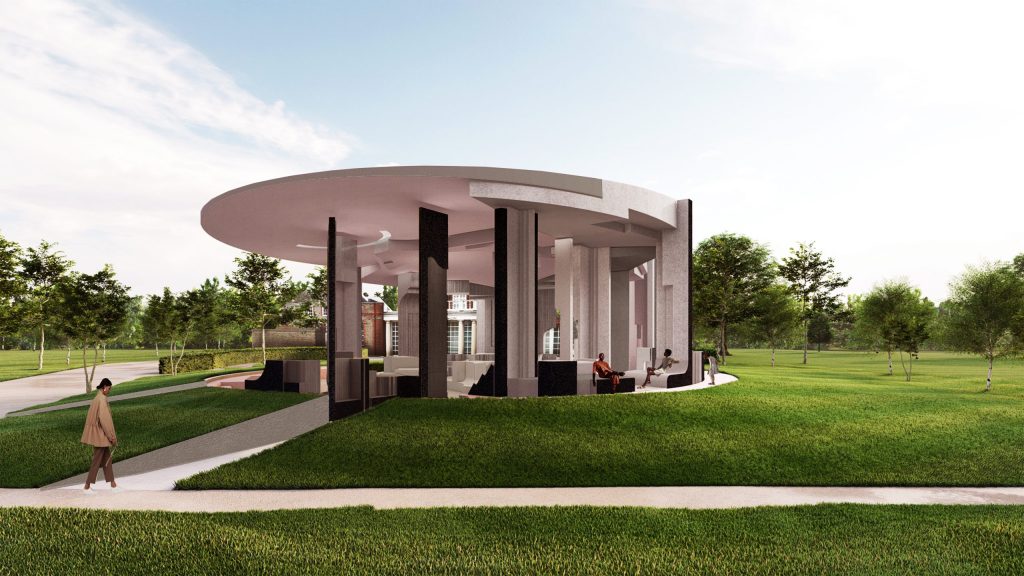Art World
Artist Theaster Gates Will Design the 2022 Serpentine Pavilion, Becoming the First Non-Architect Solely Awarded the Commission
Gates's work is geared toward social practice and urban planning.

Gates's work is geared toward social practice and urban planning.

Chicago artist Theaster Gates has been tapped to design the 2022 Serpentine Pavilion, making him the first non-architect solely commissioned for the prestigious project.
A spokesperson for Serpentine Gallery confirmed Gate’s commission for the pavilion, which was first reported byThe Architect’s Journal, but said it was “too early” to discuss the artist’s plans.
Gates’s commission will mark the 21st iteration of the pavilion, which has been awarded annually to an international—often up-and-coming—architect or firm since 2000. (The 2020 commission was delayed to this year due to the pandemic.) Those chosen are tasked with designing a temporary structure near Serpentine’s two galleries in London’s Kensington Gardens.
This year’s edition, designed by South African architecture studio Counterspace, is set to open next month. The Serpentine Gallery, meanwhile, reopened to the public today.

A rendering of the 2021 Serpentine Pavilion designed by Counterspace. © Counterspace. Courtesy of the Serpentine.
Gates, whose work is geared towards social practice and urban planning, isn’t an entirely unlikely choice for the project. In 2009, he founded the Rebuild Foundation, a non-profit organization known for turning vacant buildings in underserved communities into spaces for affordable housing and communal gatherings. In 2013, the organization purchased the Stony Island State Savings Bank in Chicago, transforming it into hybrid gallery, media archive, and library.
Though Gates may be the first non-architect to design the pavilion alone, he is not the first artist to have a hand in the project. In 2012, Ai Weiwei collaborated with Pritzker Prize-winning Swiss architects Jacques Herzog and Pierre de Meuron for a subterranean structure that called attention to the hidden columns used in previous pavilions; while in 2007, Olafur Eliasson worked with Norwegian architect Kjetil Thorsen to create an elevated platform that resembled a spinning top.
Previous pavilion architects include Zaha Hadid, who designed the Contemporary Arts Center in Cincinnati and the Broad Art Museum at Michigan State University; Daniel Libeskind, who was responsible for the extension to the Denver Art Museum; and Frank Gehry, who designed the Guggenheim Museum in Bilbao, Spain.